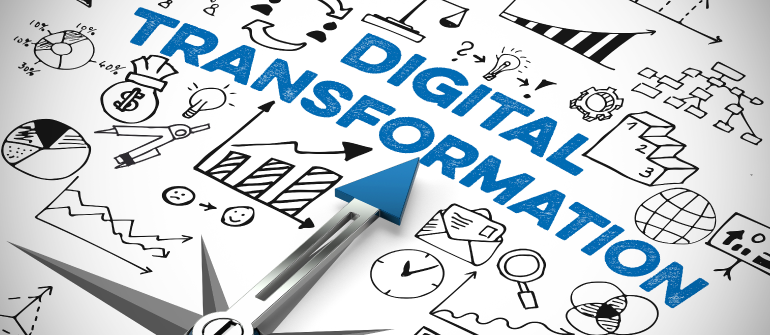
Digital transformation trends in high-tech industries are resolutions being offered today, to accelerate the industry transformation.
Thriving establishments anticipate changes in the marketplace and take this opportunity to pivot business models towards aimed towards optimizing sustainability. Today we are going to explore some important digital transformation trends leveraged by hi-tech industries in 2019.
Establishments are embracing artificial intelligence to accomplish extraordinary rule and swiftness in attaining outcomes. AI can make connections and identify patterns that would take months when performed manually. This provision allows companies to be ahead of market shifts before they occur.
Corporations leverage data-driven decision making to respond effectively to real-time changes in trends. Integrating data-driven decisions in daily operations optimizes efficiency and cost-effectiveness. Optimizing big data will help to understand the market dynamics, needs and possible innovative ideas.
The backbone of the shared economy is the cloud. While companies have stored their data in cloud for a while now, they are further maximizing the usefulness of the technology by performing their computation in the platform. Companies can choose communal cloud, private cloud, or edge computing depending on their needs and resources. The accessibility that cloud storage and edge computing streamlines data processing and is central to the proper functioning of the Internet Of Things(IOT). However, companies must be alive to the cyber security vulnerabilities associated with performing sensitive tasks in the platform.
Customer experience (CX) and user experience (UX) are central to organizations’ approach when meeting customer needs. These functions facilitate empathy and allows organizations to design solutions from the perspective of those who will use them. Today, the experience your customers get when using the product is as important as the quality of your solution.
IoT empowers organizations to collect information from multiple sources to facilitate data-based decision making. It comprises of interrelated systems that centralize data from diverse sources enhancing access to information on market trends. Business can use cookies to know the difference in purchasing habits of a person when they browse the web from different devices, that is mobile and PC. AI and its complementary process deep learning have enabled a new way of processing information, allowing electronic companies to create a data loop through which they continuously learn and improve business processes.
Virtual reality enables organizations to not only describe problem areas b to visualize possible solutions. VR is an immersive technology that optimizes user experiences. Users interact with the technology at a different level as the dimensions to their surroundings are digitally altered to simulate the intended experience. The utility of the technology transcends use for entertainment and gaming; pilots and hospital practitioners use it to simulate real-life scenarios helping them prepare for such eventualities. Similarly, hotels use VR technology as part of their reservation procedures, permitting users to test the feel of their hotel rooms beforehand.
Augmented reality is like virtual reality, but it includes augmenting an individual’s physical environments as opposed to substituting them. As such, it costs less than VR and operators can even administer the platform using a smartphone with an internet connection. The breakdown of goal replays in live sporting events is an example of the use of AR technology. Rather than alter the users’ environment to virtual scenarios, it gives them an enhanced perspective of an existing situation by improving their sensory perception of the situation. The user can view the landscape in 3D and can hear tones that are physically undetectable to a human.
Find out ways in which Pesapal is taking part in the digital transformation of payments
Get Started